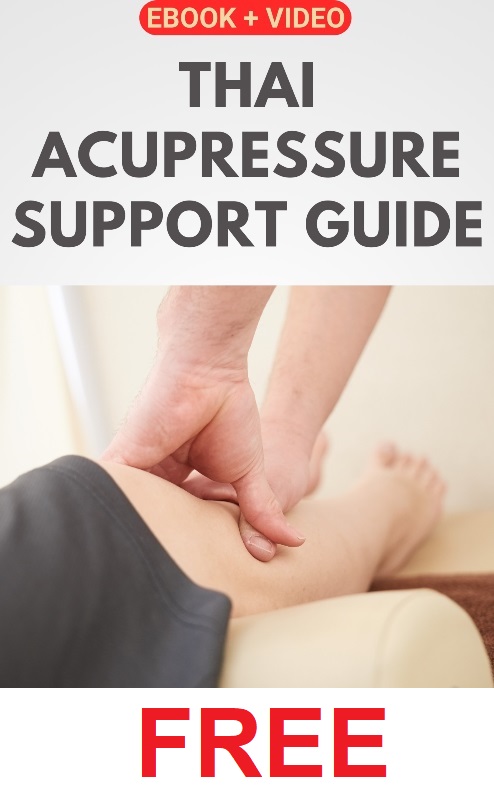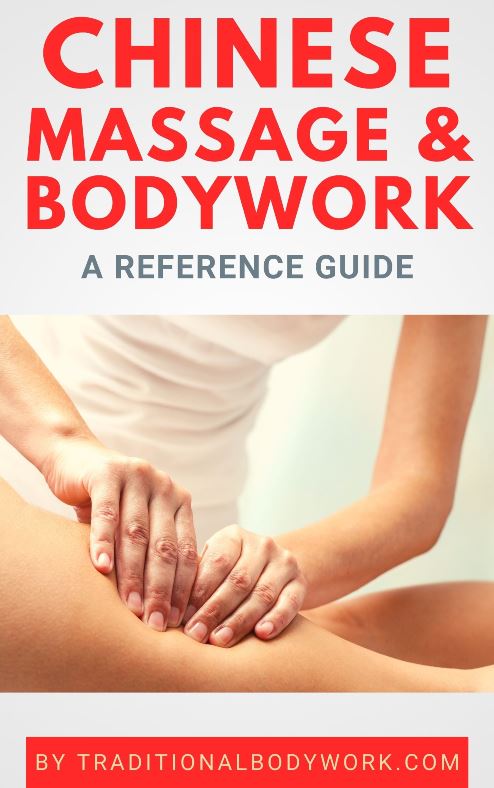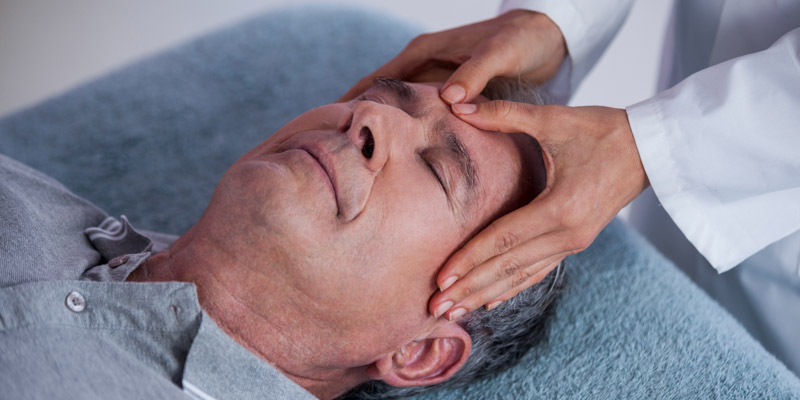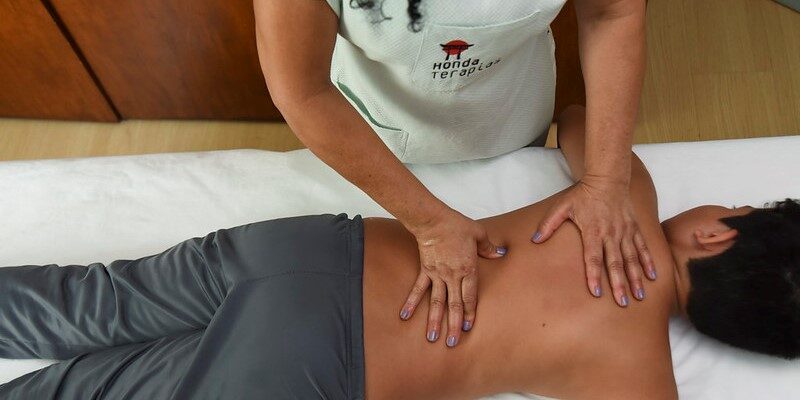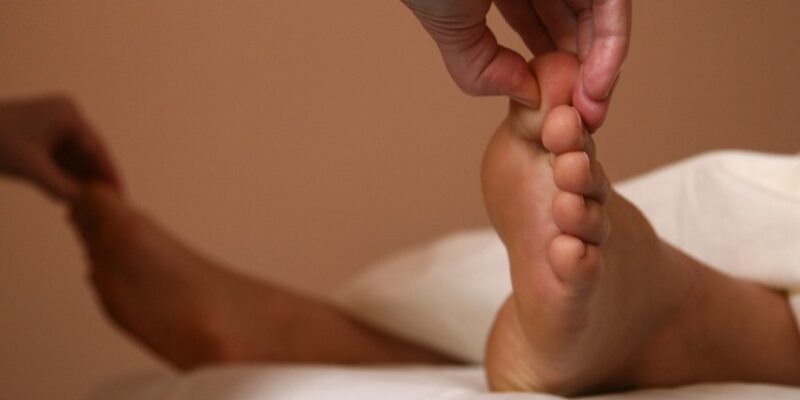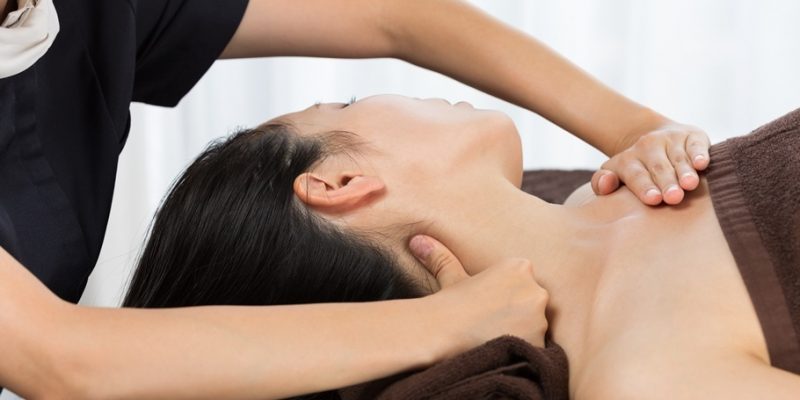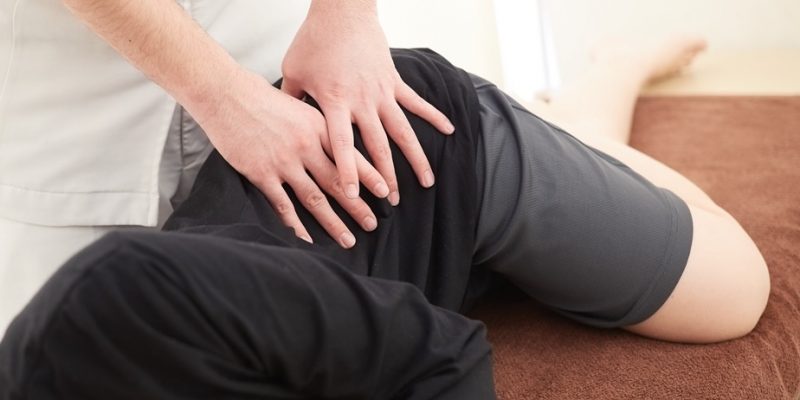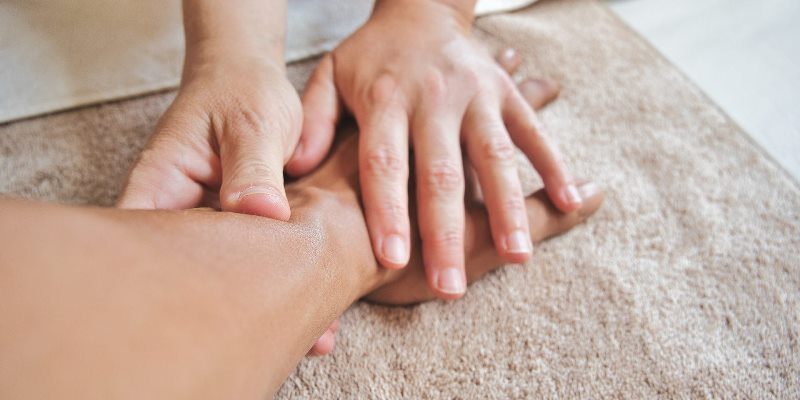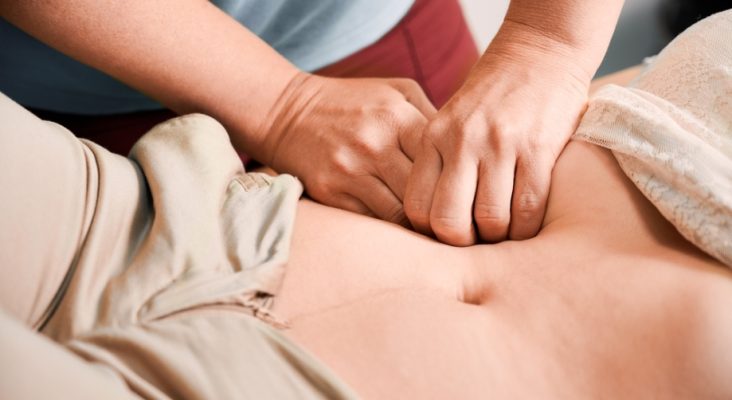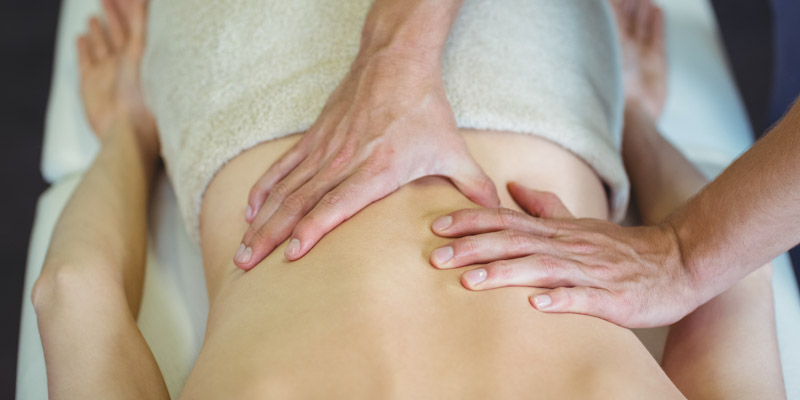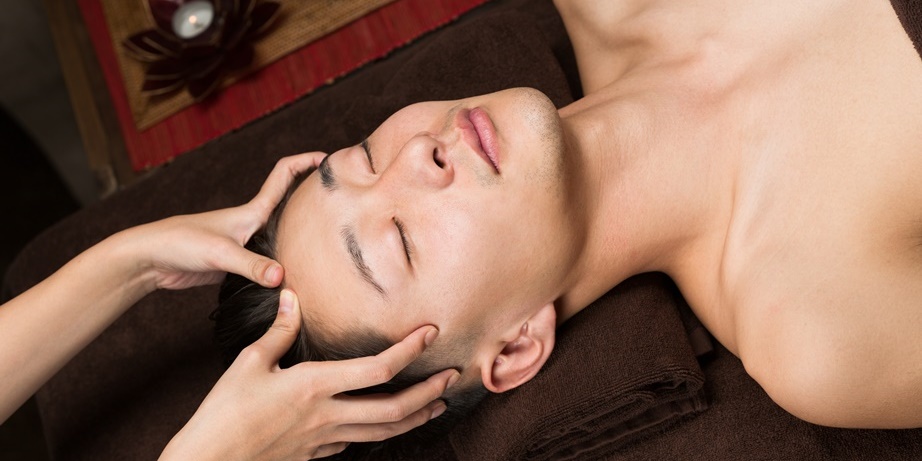
Tsubo is the Japanese name for pressure points, acupressure points, or vital points, more generally known as acupoints. The existence of (functional) acupressure points in the body is widely recognized in a variety of traditional medicine systems, such as those of China, India, and Thailand, to give some examples.
The tsubo typically lie along Vital Life Energy pathways, called Meridians in both Traditional Japanese Medicine and Traditional Chinese Medicine (TCM). These tsubo pressure points are usually considered “weak” or “sensitive” points, while being “doorways” to manipulating i.e. unblocking Ki Life Energy flow through the Meridians.
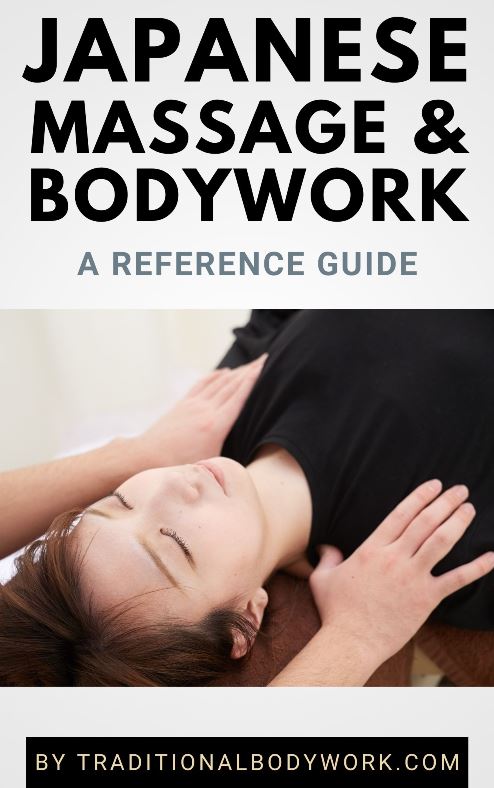
As is the case in Traditional Chinese Medicine there are many hundreds or even thousands acupoints known, located in different parts of the body, but generally around 365 points are more or less officially recognized.
Different tsubo pressure points have different characteristics; some tsubo can stimulate one or more Meridians, others directly influence an organ, or perhaps balance or promote emotional, mental, or physiological functions, and so on.
The “feel” of a tsubo can indicate health disorders on one side, and on the other side the tsubo can be manipulated to influence healthy functioning of body and mind, which includes relief of pains, tensions, and stress, among others.
An acupressure therapist (or acupuncture therapist) will usually manipulate specific tsubo — based on his or her diagnosis — with the goal of reaching a predefined healing result. A treatment may be based only on pressing (or inserting needles) on certain acupressure points, or acupressure techniques may be integrated within a more general massage session.


